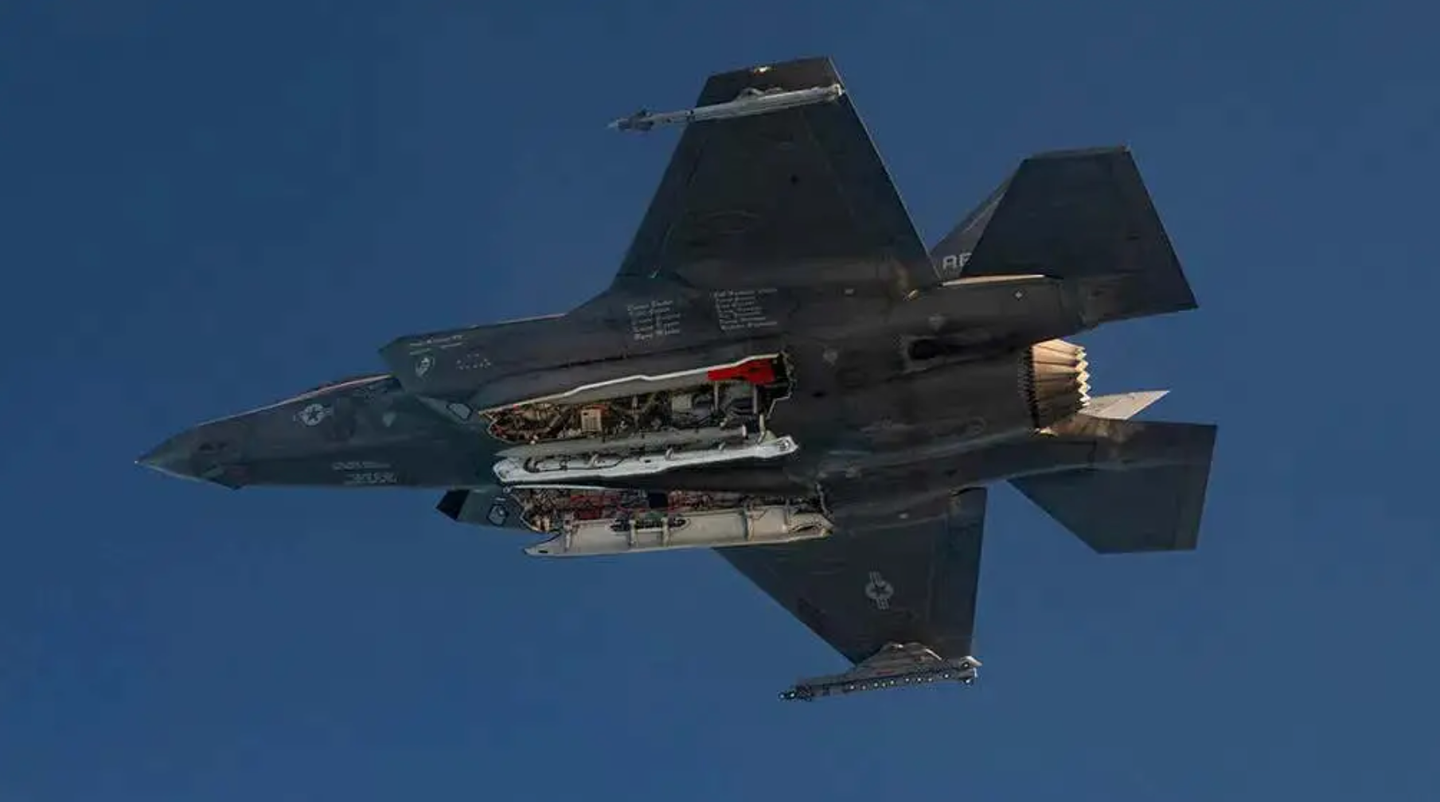This week, the U.S. Space Force revealed its future vision for narrowband satellite communications, potentially involving numerous advanced satellites in multiple orbits.
Current narrowband communication satellites, part of the Mobile User Objective System (MUOS) constellation, provide secure cellular voice and data services to military forces globally. These satellites operate in the narrowband frequency range, which ensures less susceptibility to adverse weather and challenging terrain, enhancing secure communications.
On May 29, the Space Force announced its desire for future narrowband satellites to be more resilient, cost-effective, and quickly deployable. The detailed plans are still under development, with completion expected later this year.
"The U.S. military must maintain its asymmetric advantage in a contested, degraded, and operationally limited space environment," the Space Force stated. "Narrowband SATCOM capabilities are critical for the U.S. military and its allies, and they must evolve to meet expanding needs, leverage emerging technologies, and counter future threats."
The service envisions the new satellites in medium Earth orbit (MEO), situated between 1,200 and 22,000 miles above sea level, compared to the current geostationary orbit at 22,000 miles.
The Space Force currently has four MUOS satellites and one spare, built by Lockheed Martin, each carrying dual payloads for legacy Ultra High Frequency Network and Wideband Code Division Multiple Access (WCDMA) capabilities. To sustain the constellation until 2035, the service plans to launch two additional satellites, with prototypes being developed by Lockheed and Boeing under $66 million contracts due by July 2025. A final selection is expected by FY26, with launches planned for FY31.
The new satellites will bridge to the future narrowband architecture. The Space Force is considering whether current ground terminals can operate with MEO satellites without significant upgrades, seeking feedback from companies on potential modifications and associated technical and schedule risks.
The Space Force's notice also inquires about the role of commercial systems in the future architecture. The service's commercial space strategy, released in April, highlights satellite communications as a prime area for commercial collaboration, aiming to integrate commercial networks into a resilient hybrid architecture.
"The USSF will enhance resilience through integrating proliferated commercial networks into hybrid architectures and offset future investments in government-owned capabilities," the Space Force emphasized.
:quality(70)/cloudfront-us-east-1.images.arcpublishing.com/archetype/KSRMAYZJTFAKFNUUIABOZMFI6I.jpg)
:quality(70)/cloudfront-us-east-1.images.arcpublishing.com/archetype/2TCLA6XIY5EFZLS2GXQTD6Z7PI.jpg)




